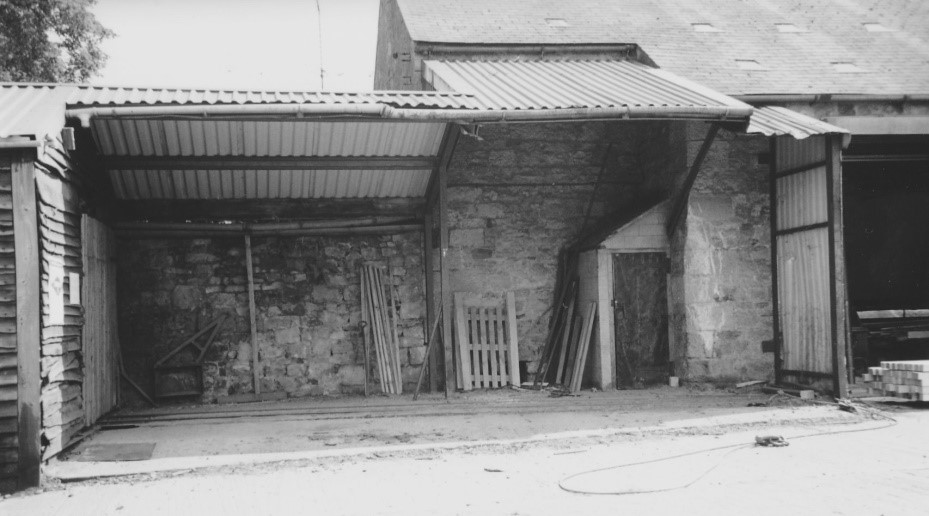Just a very short length of the railway at Alnwick Sawmill, in Hulne Park, Alnwick, has survived into the 21st century. The Sawmill is located to the west of Alnwick centre in Hulne Park adjacent to Park Cottage. It was constructed just after the start of the twentieth century with its creosote plant, for preserving timber, being new in 1907. Originally it produced pit props, reputedly mainly for the Hartlepool district, from trees cut down on the Northumberland Estates. It is first shown on the Ordnance Maps of the 1920s. It has also been known as ‘Earl Percy’s Sawmill’ or ‘The Estate Sawmill’.
The railway is believed to have been constructed just after the end of the Second World War, perhaps in 1946. Its maximum length was about 100 yards. Originally it ran from a yard, where timber was stacked for drying, to a chipping plant with a siding leading to the creosote (pressure treatment) plant. Although rarely used latterly the track remained in situ until the mid-1980s when most of it was concreted over. The only part visible today is the short section leading to the creosote, later ‘Tanalising’, plant where the softwood was treated to give it protection from fungal rot and insect attack.


Initially there were two flat wagons on the line for taking timber to the creosoting plant. These were short, being of little more than two feet in length, with wheels of 10” in diameter. In recent memory only one wagon was in use. Usually man power was used to propel the wagons around the yard but occasionally a tractor was occasionally used, its wheels straddling the narrow track. The surviving rails are of 24½ “gauge (measured to their inside edges, the distance between the rail centres being 26”.
Today the surviving length of line is not in use. The wagons have disappeared and the main work of the mill is to produce timber for fencing, much of it being used locally.